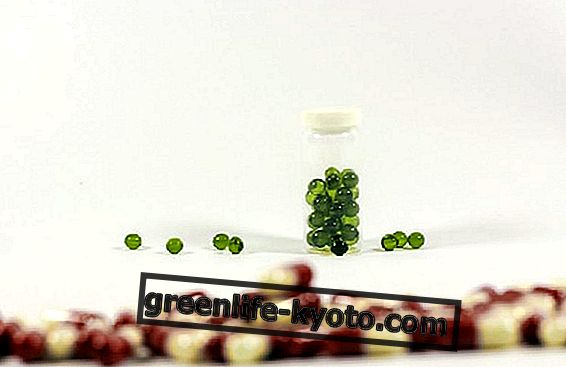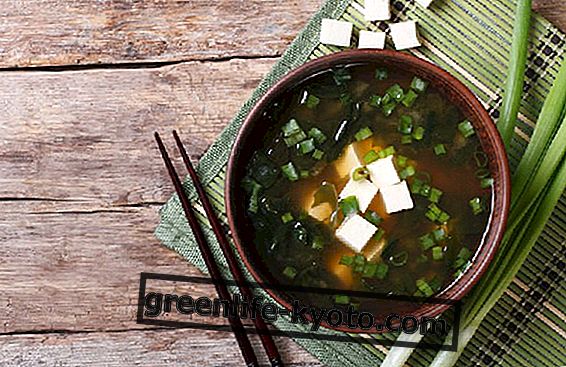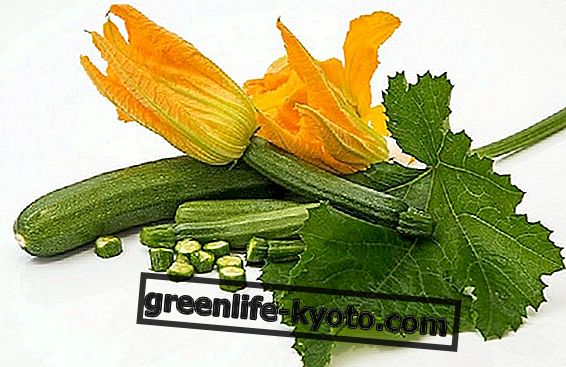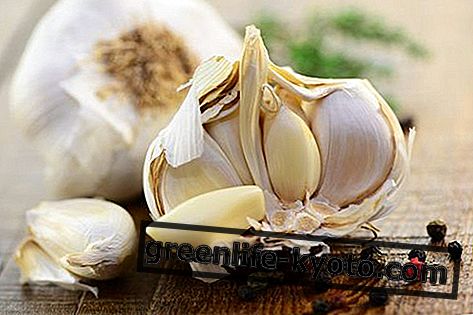
Birch is a remedy considered in its phytocomplex given by leaves, buds, bark and even sap . It is rich in tannins, essential oil, flavonoids, saponins, vitamin C.
In herbal medicine it is known for its diuretic properties, in case a deep draining action is needed for edema, lymphatic and venous insufficiency, hypertension, kidney stones.
This particular efficacy is due to the presence of flavonoids such as quercetin and potassium salts that speed up the time of urine formation involving the excesses of accumulated liquids and preventing stagnation.
These properties are associated with antibacterial virtues for the benefit of the urinary tract. These characteristics are due to the methyl salicylate component contained in the essence which performs an antiseptic action, counteracts the formation of bacteria.
Birch can be useful in case of inflammation of the urogenital system, such as cystitis, urethritis. In the bark, in particular, there is a high presence of betulinic acid with anti-inflammatory properties, but also the leaves and buds are sources of antirheumatic active ingredients to counteract joint pain and gout.
It performs an anti-inflammatory action also at topical level: birch oil is in fact useful to apply on the skin in case of eczema, dermatitis, psoriasis. Relieves redness, itching, flaking and dryness, moisturizes and soothes.
Birch also has analgesic properties and is a useful remedy for menstrual pain.
How to take birch
On the market we can find birch in the form of hydroalcoholic extract obtained from bark or sap and in bud-derived. For anti-inflammatory action, the bark-like betula is recommended .
Contraindications
The use of birch-based remedies is not recommended for those who have experienced allergies to aspirin or more generally to components based on salicylates.
Even those who are allergic to pollens may not tolerate certain components of birch. Those who suffer from hypotension are advised against the use of herbal remedies containing birch, due to its efficacy on pressing values.













